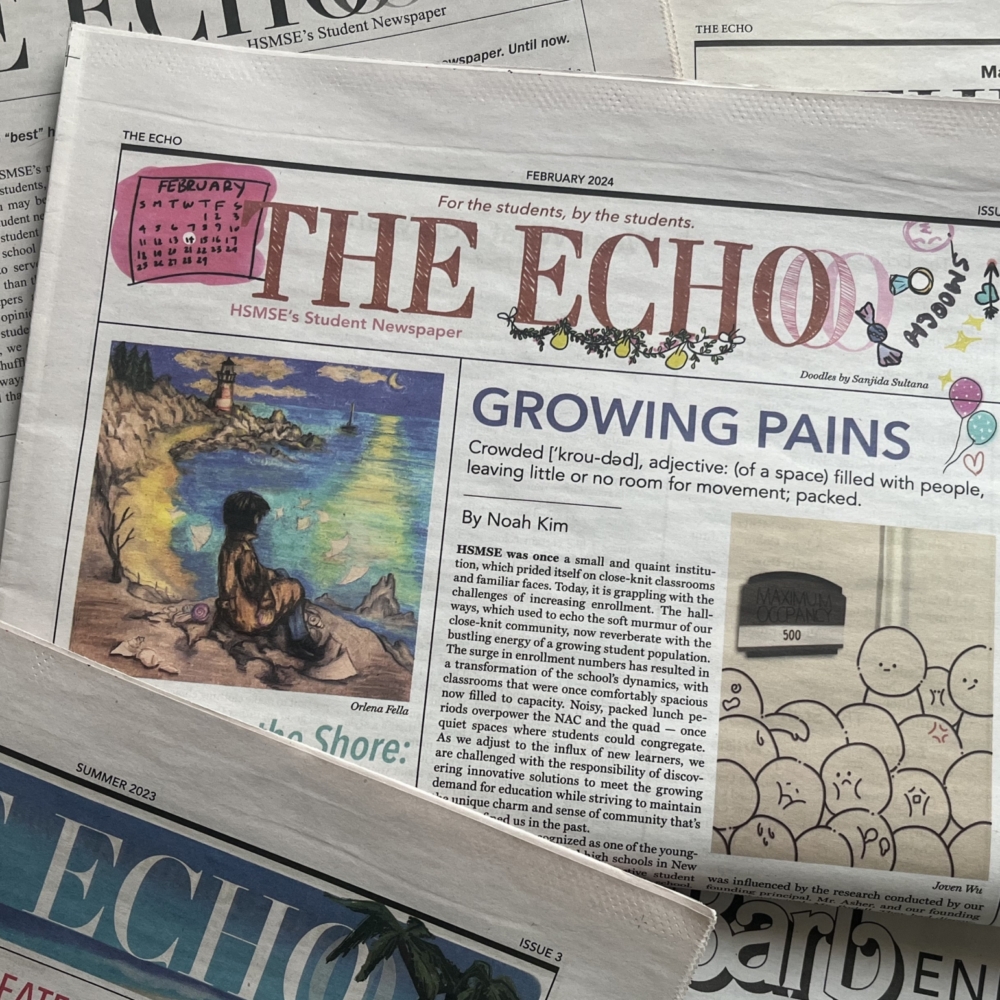The smart Trick of News Articles That Nobody is Talking About
The smart Trick of News Articles That Nobody is Talking About
Blog Article
The Ultimate Guide To News Articles
Table of ContentsExamine This Report on News ArticlesThe Greatest Guide To News ArticlesGetting The News Articles To Work4 Easy Facts About News Articles ShownHow News Articles can Save You Time, Stress, and Money.
Excellent understanding of various subjects offers trainees an one-upmanship over their peers. Also though electronic and social media sites are readily obtainable, we ought to not neglect how crucial it is to read the newspapers. Moms and dads must try and instill the behavior of reading a paper as a day-to-day routine to continue the tradition of the adored print tool.News stories likewise consist of at least one of the adhering to important qualities family member to the designated audience: proximity, prominence, timeliness, human interest, curiosity, or repercussion.
Within these limitations, news tales likewise aim to be extensive. Among the larger and extra highly regarded papers, fairness and equilibrium is a significant aspect in providing information.
Newspapers with a global target market, for instance, often tend to utilize a more official style of creating. The certain choices made by an information outlet's editor or content board are frequently accumulated in a design guide; typical design guides include the and the United States News Design Publication. The primary objectives of news writing can be summed up by the ABCs of journalism: accuracy, brevity, and quality.
Some Known Details About News Articles
As a guideline, journalists will not use a lengthy word when a brief one will do. News writers attempt to stay clear of making use of the very same word extra than once in a paragraph (sometimes called an "resemble" or "word mirror").
Headlines occasionally leave out the subject (e.g., "Jumps From Watercraft, Catches in Wheel") or verb (e.g., "Cat female fortunate"). A subhead (also subhed, sub-headline, subheading, caption, deck or dek) can be either a secondary title under the primary headline, or the heading of a subsection of the short article. It is a heading that comes before the major message, or a group of paragraphs of the major text.

Extra billboards of any of these kinds may appear later on in the post (especially on succeeding web pages) to attract more reading. Such signboards are also utilized as pointers to the post in various other sections of the publication or website, or as advertisements for the piece in various other publication or sites. Normal framework with title, lead paragraph (summary in strong), various other paragraphs (details) and get in touch with details.

Instance of a hard-lead paragraph NASA is suggesting another room job. The agency's spending plan demand, announced today, consisted of a strategy to send an additional objective to the Moon. This time the firm wishes to develop a long-lasting facility as a jumping-off factor for other room experiences. The budget demands around $10 billion for the project.
An "off-lead" is the 2nd most important front web page news of the day. To "bury the lead" is to start the post with background info or information of second significance to the visitors, compeling them to read more deeply into a write-up than they should have to in order to find the crucial factors.
All about News Articles
Common More Help usage is that a person or two sentences each form their own paragraph. Journalists typically explain the organization or structure of a newspaper article as an upside down pyramid. The essential and most interesting elements of a tale are put at the start, with supporting information following in order of diminishing importance.
It allows individuals to check out a topic to only the deepness that their inquisitiveness takes them, and without the charge of details or nuances that they can take into consideration unnecessary, however still making that info available to more interested viewers. The upside down pyramid structure additionally enables short articles to be cut to any kind of arbitrary length throughout design, to fit in the room offered.
Some writers begin their tales with the "1-2-3 lead", yet there are numerous sort of lead readily available. This style invariably begins with a "Five Ws" opening up paragraph (as explained above), adhered to by an indirect quote that serves to sustain a major element of the initial paragraph, and then a straight quote to support the indirect quote. [] A twist can describe several points: The last story current program; a "happy" tale to end the program.
Longer short articles, such as publication cover short articles and the items that lead the inside sections of a paper, are known as. Attribute stories differ from straight information in a number of means.
5 Simple Techniques For News Articles
A feature's first paragraphs often relate an intriguing minute or occasion, as in an "anecdotal lead". From the particulars of a person or episode, its view promptly widens to generalizations concerning the story's subject.
The Editor's Tool kit: A Reference Guide for Beginners and Professionals (2001) Allan M. Siegal and William G. Connolly. The New York Times Guidebook of Style and Usage: The Authorities Style Overview Utilized by the Writers and Editors of the World's The majority of Authoritative Paper (2002) M. L. Stein, Susan Paterno, and R.
Report this page